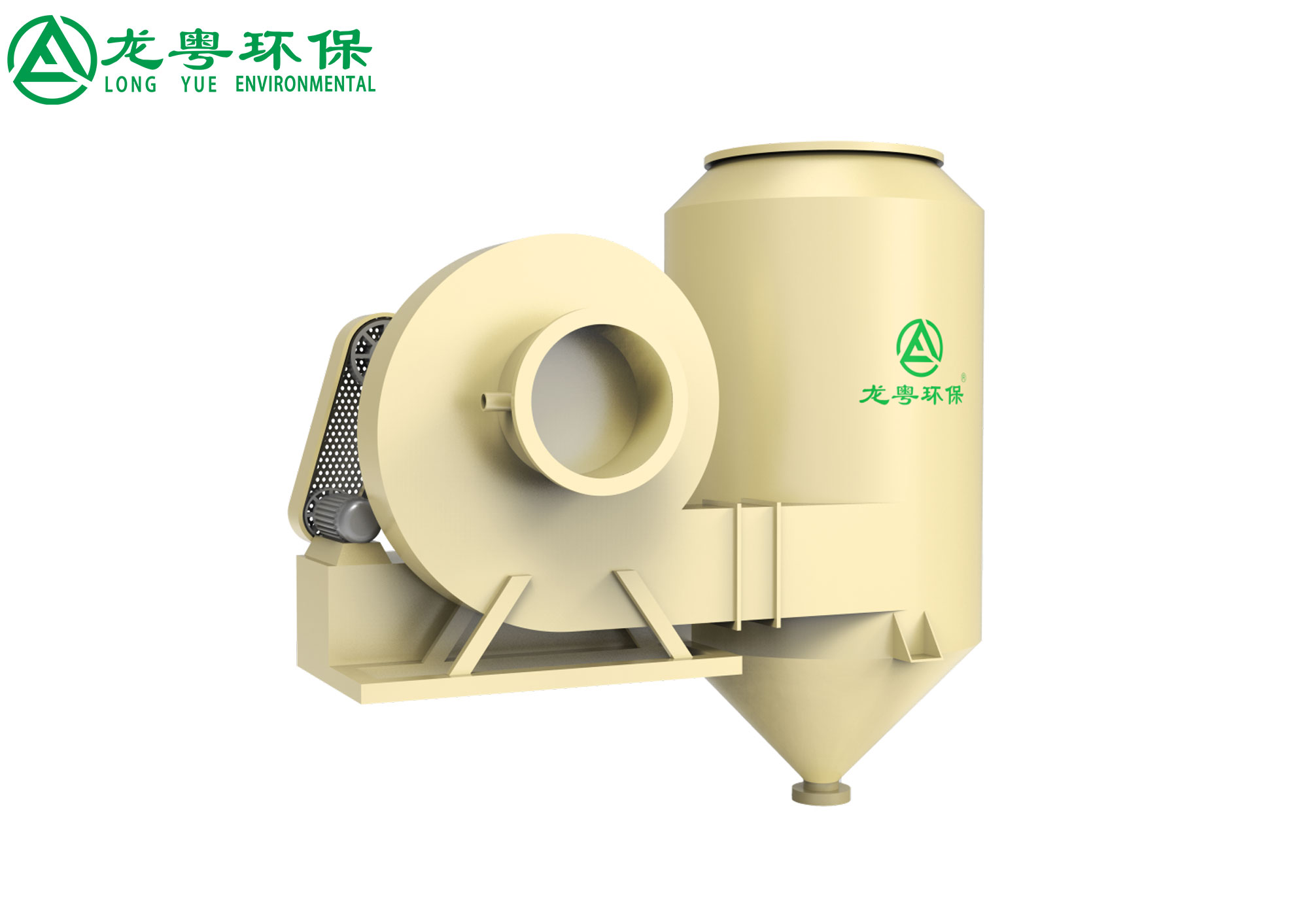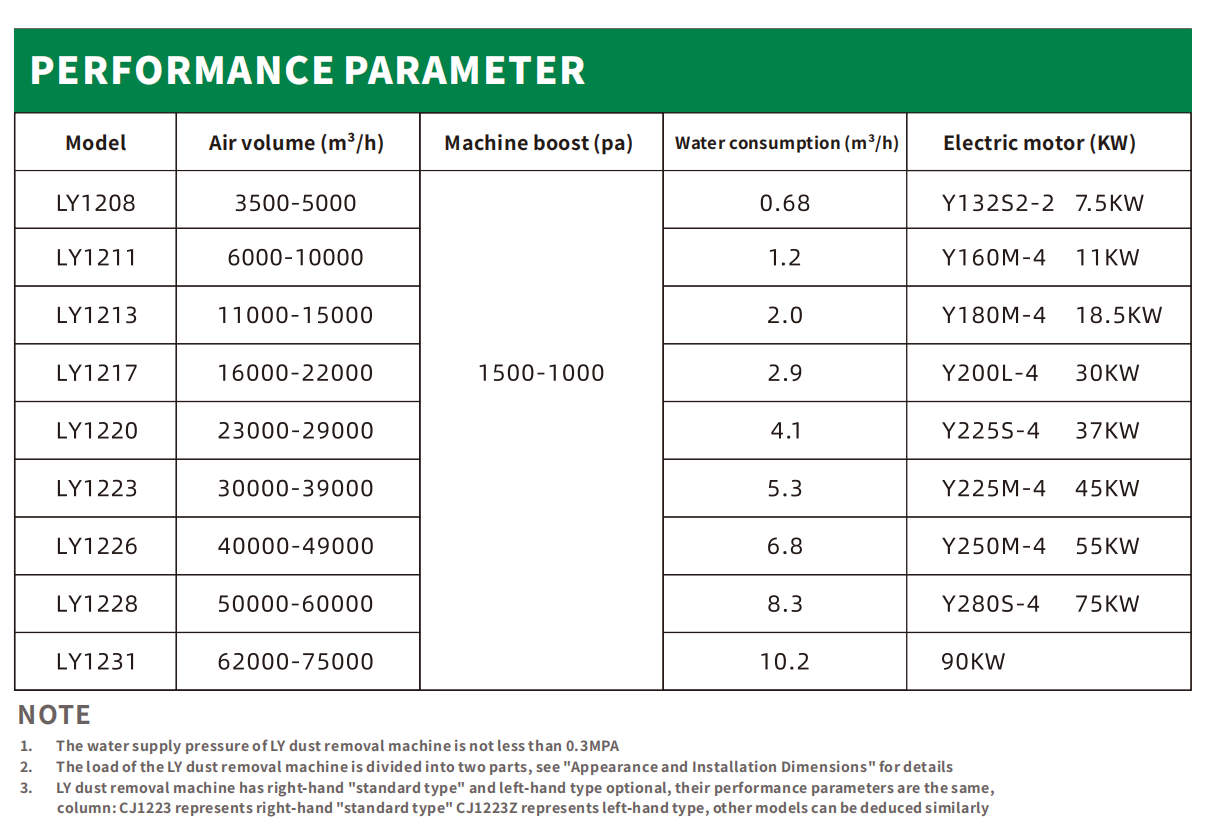The LY series wet dust collector is a novel dust removal device designed to handle trace amounts of dust and fine particles. It is primarily used to remove harmful substances such as dust, acid mist
 +86 159 8632 910 (whatsapp)
+86 159 8632 910 (whatsapp) The LY series wet dust collector is a novel dust removal device designed to handle trace amounts of dust and fine particles. It is primarily used to remove harmful substances such as dust, acid mist, water droplets, aerosols, odors, and PM2.5 from humid gases, making it an ideal solution for controlling atmospheric dust pollution.

Under the influence of an electric field, particles are attracted to the dust collection plates. Unlike dry electrostatic precipitators, which use mechanical vibration to remove dust, wet electrostatic precipitators employ a flushing liquid to wash the electrodes, dislodging captured dust from the collection plates and directing it to the ash hopper for discharge.

Main StructureThe wet dust collector comprises components such as inlet and outlet flues, a collector housing, flow guide plates, rectifier grids, anode dust collection plates, cathode wires, insulation boxes, a flushing water system, a power supply, and a control system. Structurally, wet dust collectors are generally categorized into plate-type and tube-type configurations:
Plate-type: Features flat dust collection plates with excellent water film formation. Corona wires are evenly distributed between the plates, and the structure resembles that of a dry electrostatic precipitator, capable of handling both horizontal and vertical flue gas flows.
Tube-type: Consists of multiple parallel circular or polygonal metal tubes as dust collection electrodes with corona wires distributed in the center, suitable only for vertical flue gas flows. The external components of the wet dust collector are typically made of ordinary carbon steel with an internal coating to prevent corrosion. Care must be taken during installation to avoid damaging the inner surface, particularly at welding points and component connections. Insulation of the outer shell is unnecessary, as the flue gas temperature remains below saturation, resulting in minimal cooling at the shell. Overall, tube-type collectors are more efficient, easier to arrange, and require less space compared to plate-type collectors.
Dust Removal MethodIn contrast to dry electrostatic precipitators, which use vibration to dislodge accumulated dust into the ash hopper, wet electrostatic precipitators spray a flushing liquid onto the dust collection plates to form a continuous liquid film. The dust is then carried away by the flow of the flushing liquid into the ash hopper for discharge. If dust on the collection plates is not promptly removed, issues such as reduced operating voltage, corona suppression, and localized corrosion may occur. Common flushing methods include self-flushing, spray flushing, and liquid film flushing. Regardless of the method, the flushing liquid contains significant amounts of suspended particles and acidic substances. Direct discharge can lead to secondary pollution and water wastage. Therefore, it is recommended to implement a closed-loop system for the flushing water to address issues related to ash-water recycling and water consumption.
